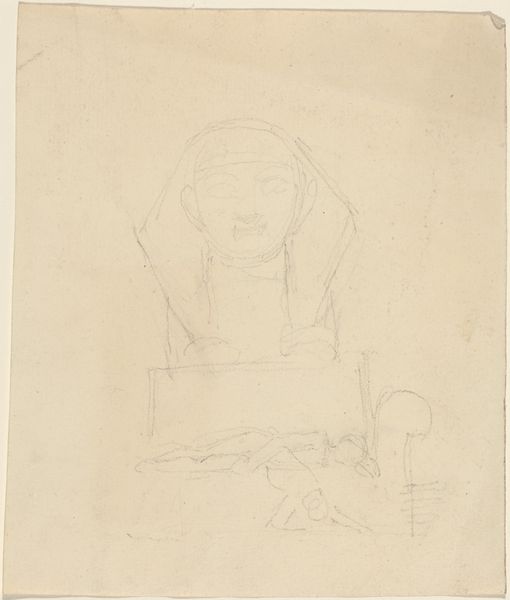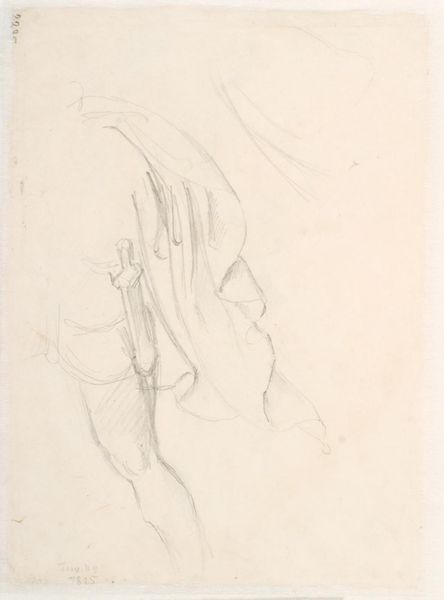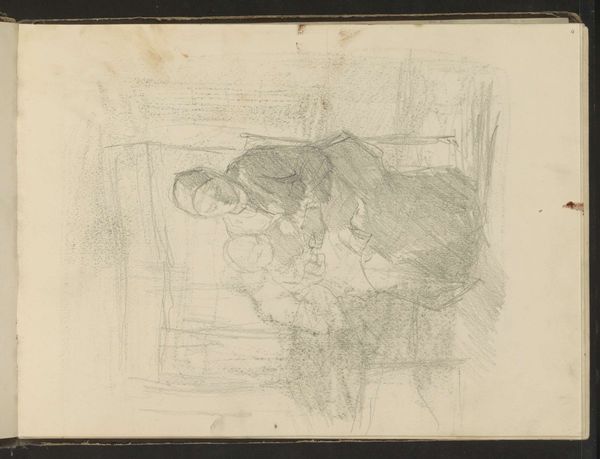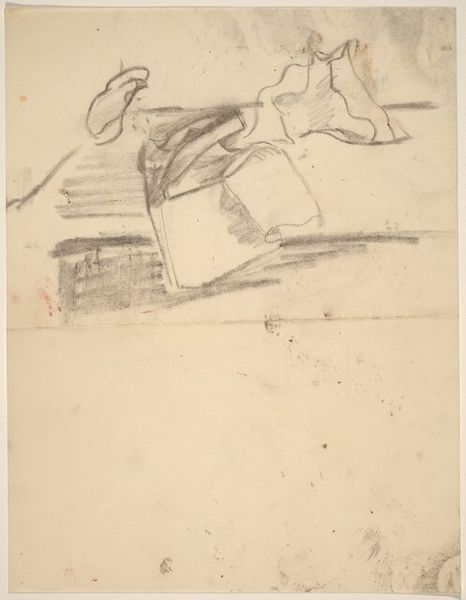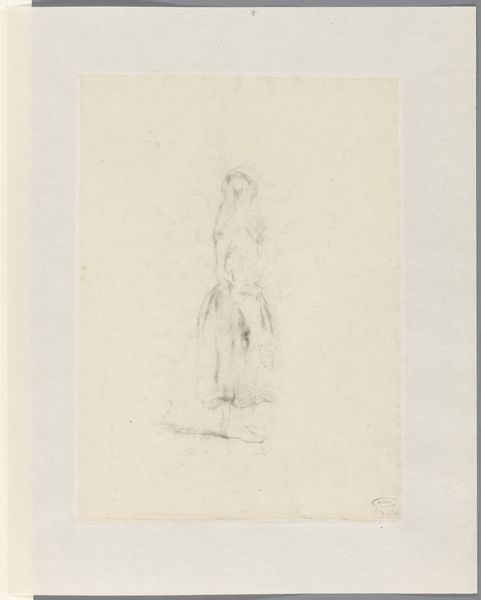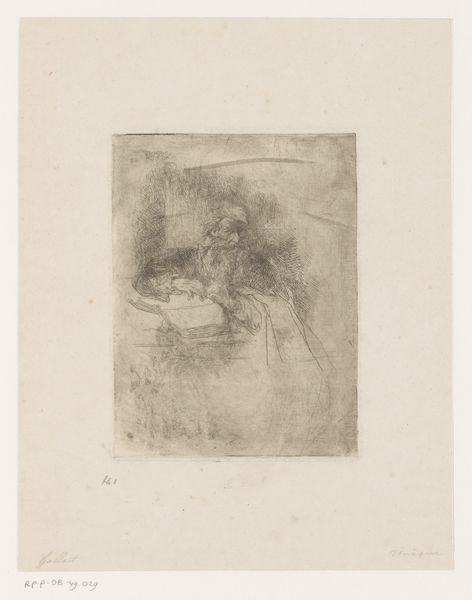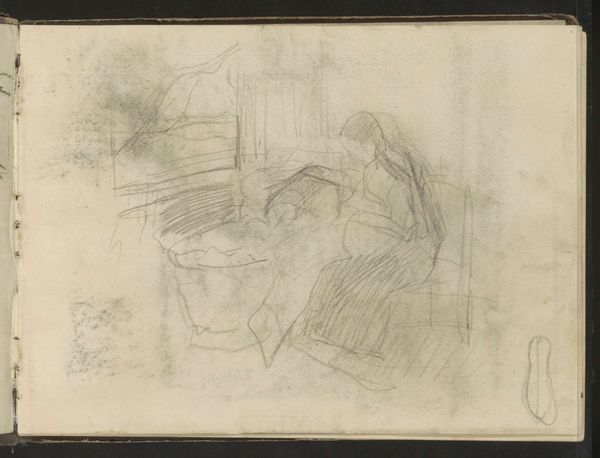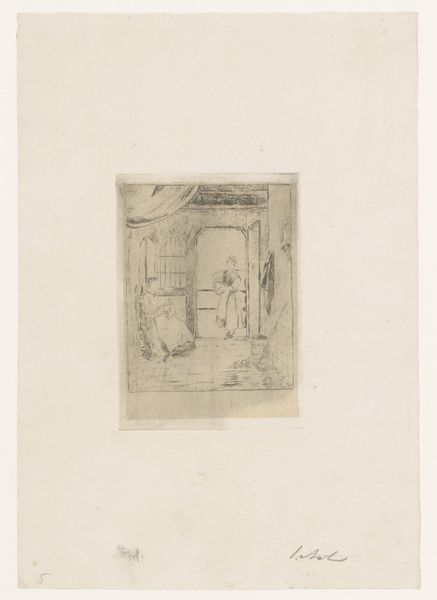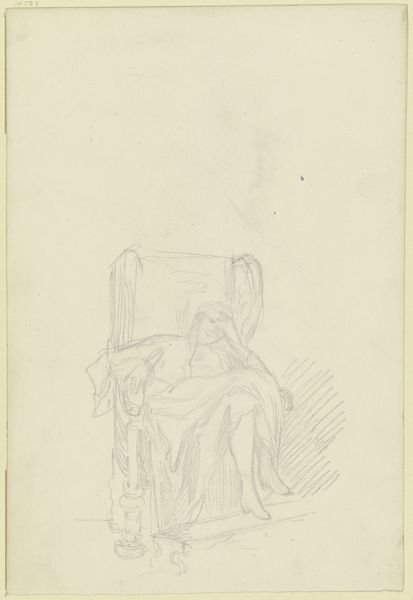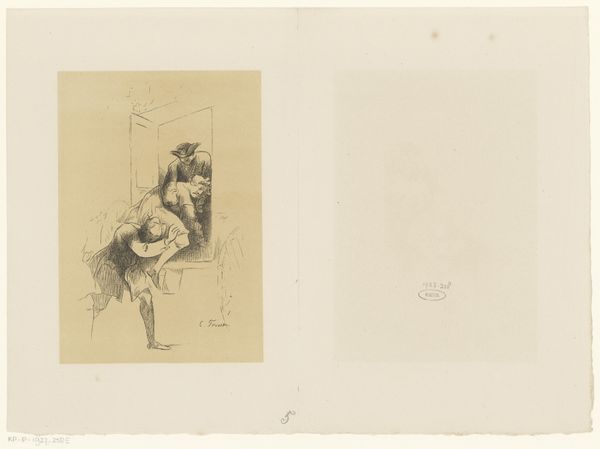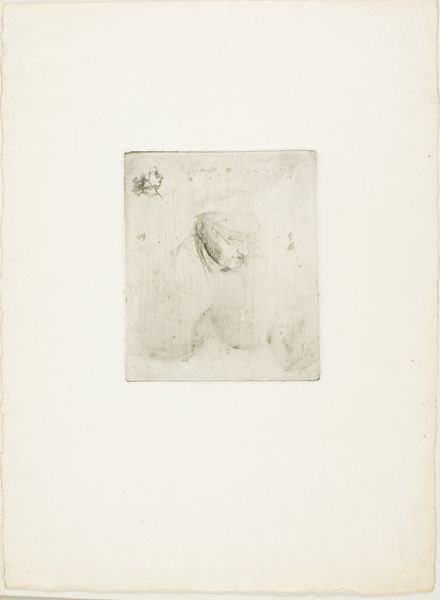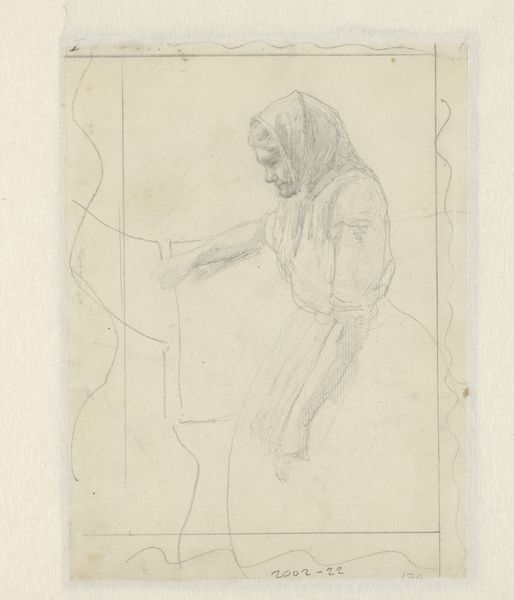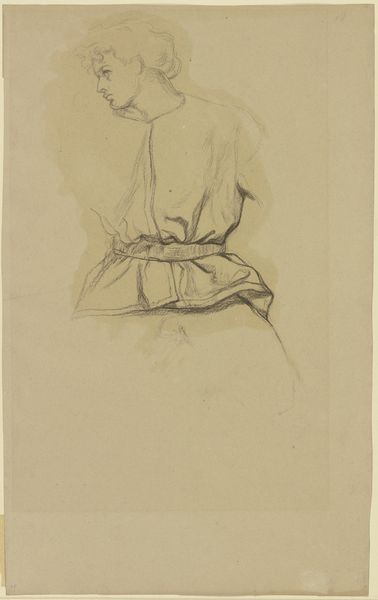
drawing, paper, pencil
#
portrait
#
pencil drawn
#
drawing
#
classical-realism
#
figuration
#
paper
#
pencil
#
academic-art
Dimensions: sheet: 40.6 × 50.6 cm (16 × 19 15/16 in.)
Copyright: National Gallery of Art: CC0 1.0
Editor: This is Kenyon Cox's 'Study of a Plaster Torso', a pencil drawing on paper. It's incredibly precise and academic in its approach, but I'm also struck by how incomplete it feels. What historical context do you see at play here? Curator: Incomplete is a good word. The visible grid structure speaks volumes, doesn't it? It reveals the intense focus on classical ideals and the almost scientific approach to representing the body. Academic art valued the perfection of form derived from classical sculpture, but how does the fragmented nature of the torso – divorced from head and limbs – relate to current conversations about identity and wholeness? Editor: It makes me think about how we idealize certain body types and erase individuality in the process. Is that a critique the artist was making? Curator: It’s doubtful Cox consciously critiqued the process, given his dedication to academic ideals. However, viewed through a contemporary lens, the work inadvertently highlights those very issues. We have to question what ‘ideal’ actually means and for whom it is intended. How might the process of fragmenting a body – even a sculpted one – perpetuate harmful ways of seeing ourselves and others? Editor: So, while the artist might have intended to simply study form, we can now see this work as also engaging with much broader social and political concerns? Curator: Exactly. By interrogating historical artworks with contemporary critical tools, we uncover hidden dialogues and challenge traditional art historical narratives. Consider how the artistic focus on idealized white, European features excluded or denigrated other ways of being in the world. Editor: I never thought I could find so much depth in what seemed at first just a very careful drawing! Curator: That’s the power of art history. It’s not just about the past, but about how we understand the present and shape the future.
Comments
No comments
Be the first to comment and join the conversation on the ultimate creative platform.
